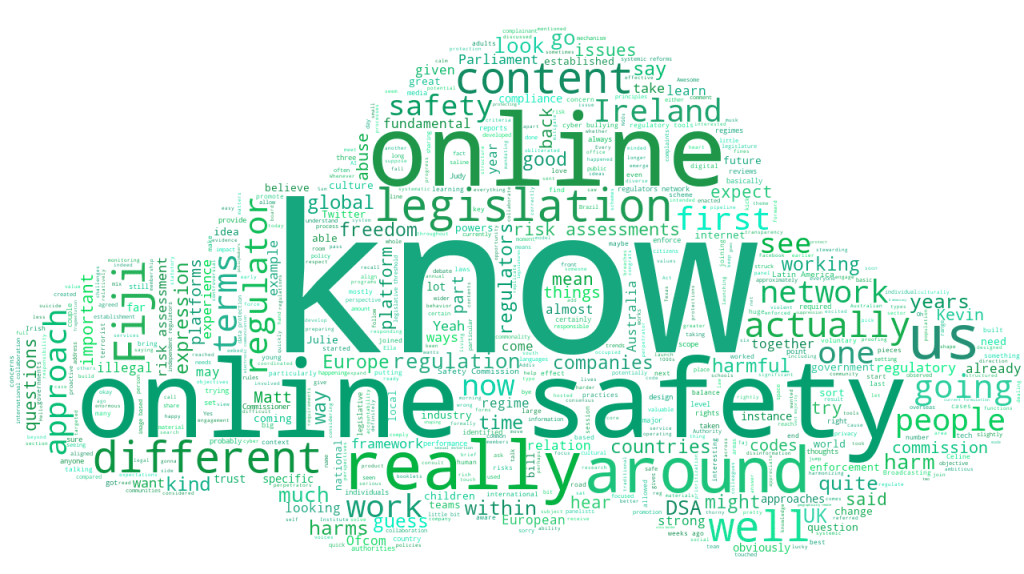Harmonising online safety regulation
30 Nov 2022 07:45h - 08:45h
Event report
Regulations for online safety are rapidly evolving across the globe. For instance, Australia passed a bill in 2015 that created an online safety regulator. Fiji did the same in 2018. The European Union aims to set global standards with the enactment of the Digital Services Act, and the UK is on its way to passing their own Online Safety Bill.
Some common issues that most online safety regulators address are image-based abuse, which is mostly gendered; child sexual abuse content; terrorism and extremism. However, they also detect content promoting self-harm, suicide, or eating disorders. They are not limited in scope, especially considering that new trends emerge very quickly in the online space. Therefore, legislation has to allow for proposals from the regulator to the legislature that would enable specific new harms to be identified within the scope of the regulatory regime.
Within the online safety regulation space there are some issues which are easy to drive consensus on, such as extremist content and terrorist threats. However, there are other issues that are more nuanced and generate much more debate; For instance, in tech policy, how to address disinformation or polarisation. With that in mind, regulators in the panel have started an international network of collaboration called the Global Online Safety Regulators Network. There were a few fundamental principles that everyone in the network agreed upon in terms of the respect for human rights and freedom of expression, and those will drive future debates on controversial topics. These are still early days for the network, but the participating regulators will prioritise the areas where they can make the greatest difference.
As the world of technology moves towards decentralisation, increased international collaboration will be fundamental to not only counter online harms, but to guarantee safety standards will be embedded in design when building new platforms and apps, as well. International collaboration, when it comes to regulation, can be tricky because of the diverging regulatory frameworks at the national level. Also, the member states of the network can have very different cultural backgrounds, language barriers, and community needs that must be factored into the design of the new legislation for online safety. However, if the regulators are working on the basis of a basic set of principles, there is still room for common ground in some of the regulatory tools. Regulators working together in an international network can learn from each other in terms of prioritisation, types of regulatory tools, and sharing of the research.
By Paula Szewach
The session in keywords
Related topics
Related event


